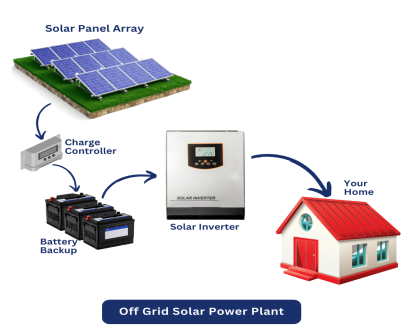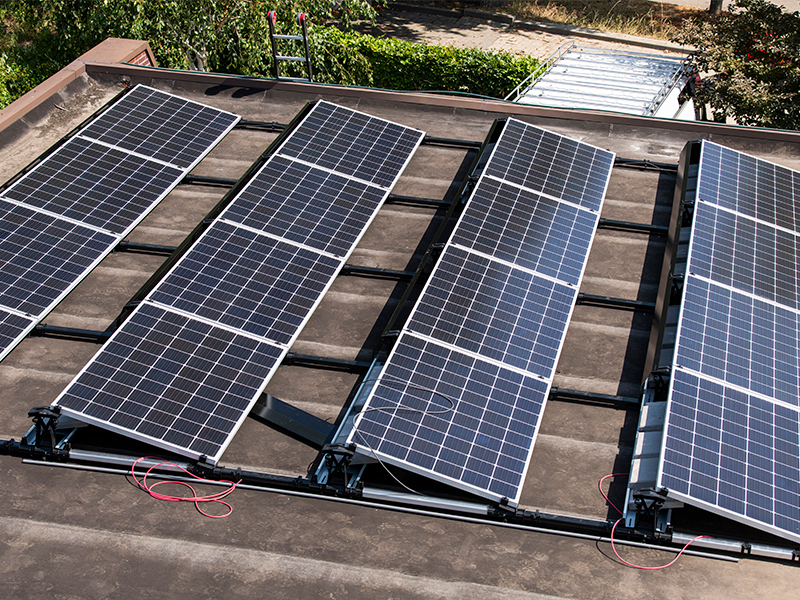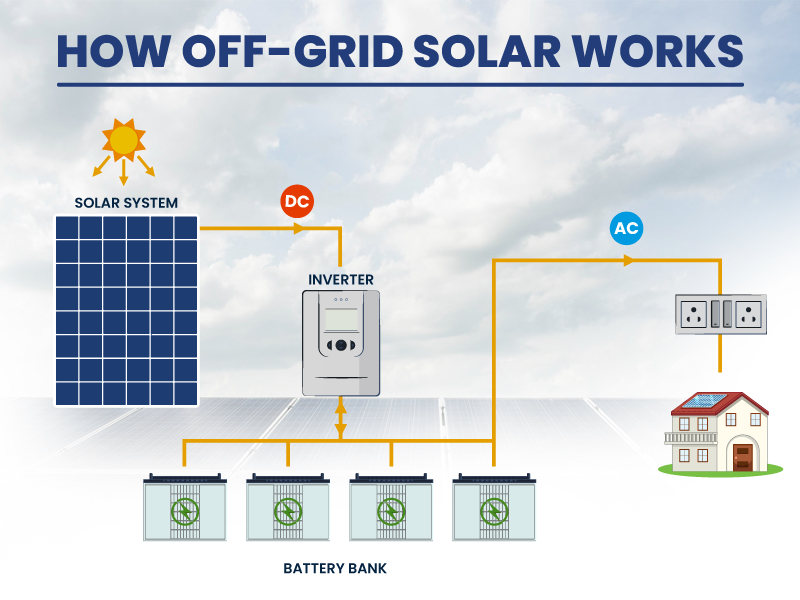What is an Off-Grid Solar System?
An off-grid (standalone) system works independently of the utility grid using PV modules, a solar charge controller/MPPT, a battery bank (Lithium LFP or VRLA), and an off-grid or hybrid inverter. Solar charges the batteries; the inverter powers your home.
- Core components : Panels, MPPT/charge controller, inverter, batteries, protections & mounting.
- Autonomy :Typically 4–24+ hours based on capacity and priority loads.
- Safety: : Proper earthing, surge protection, ventilation, and battery safeguards are standard..








